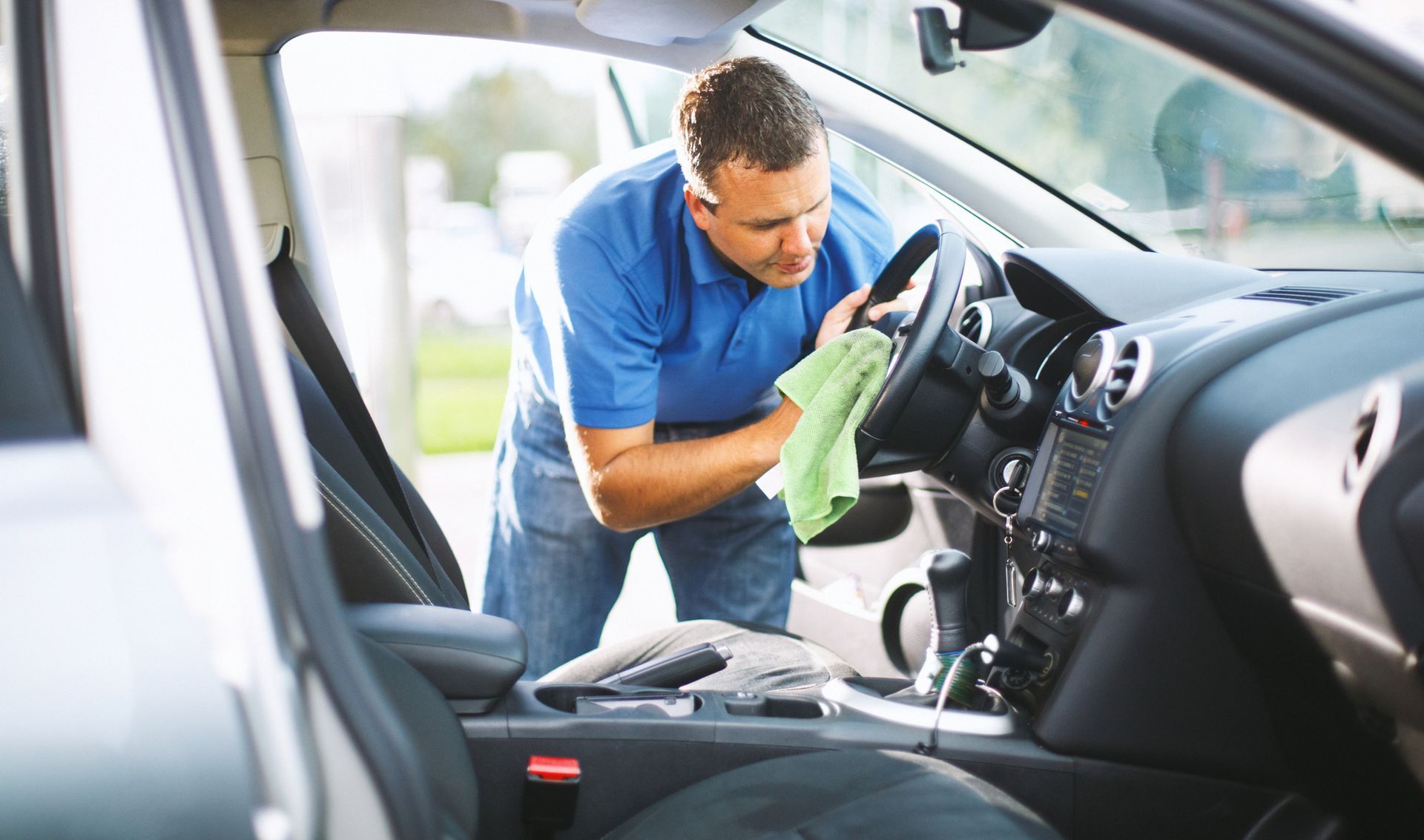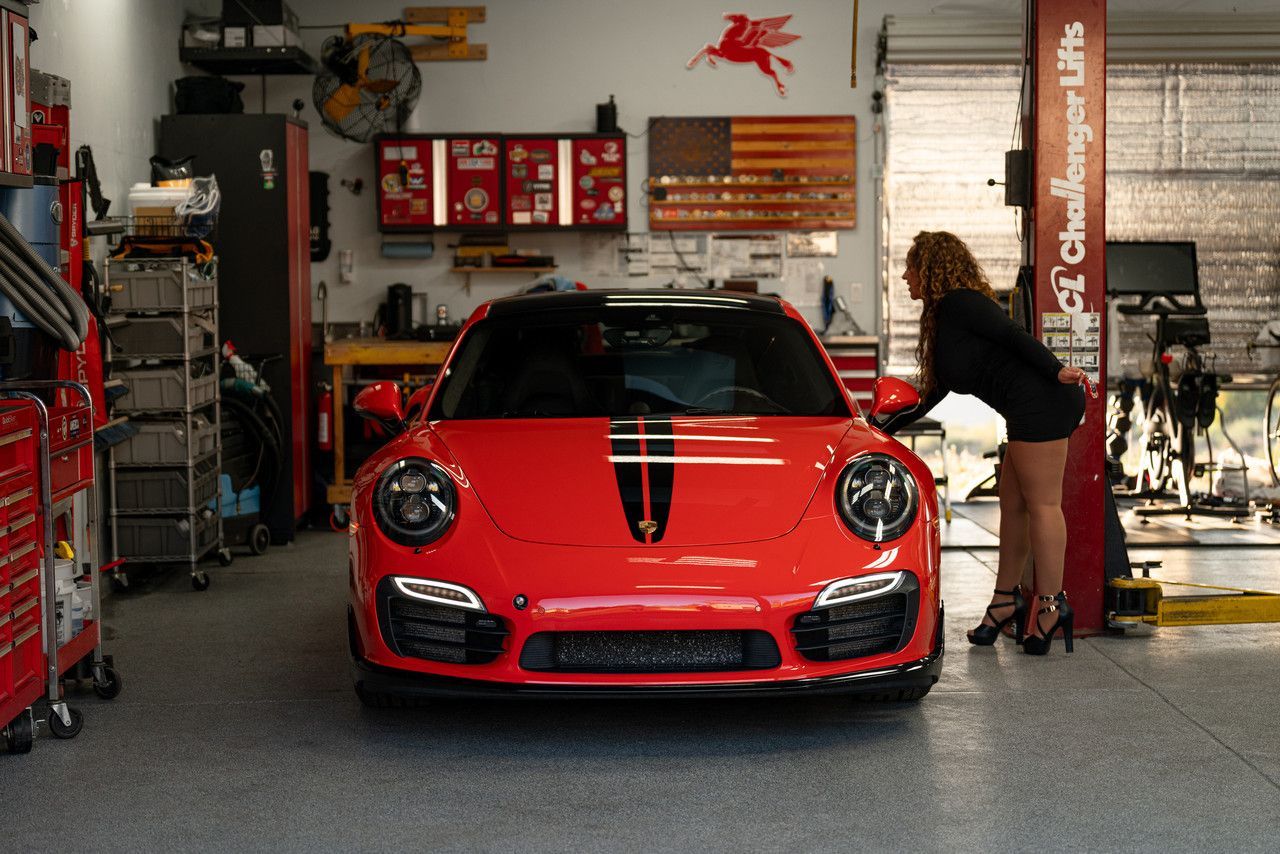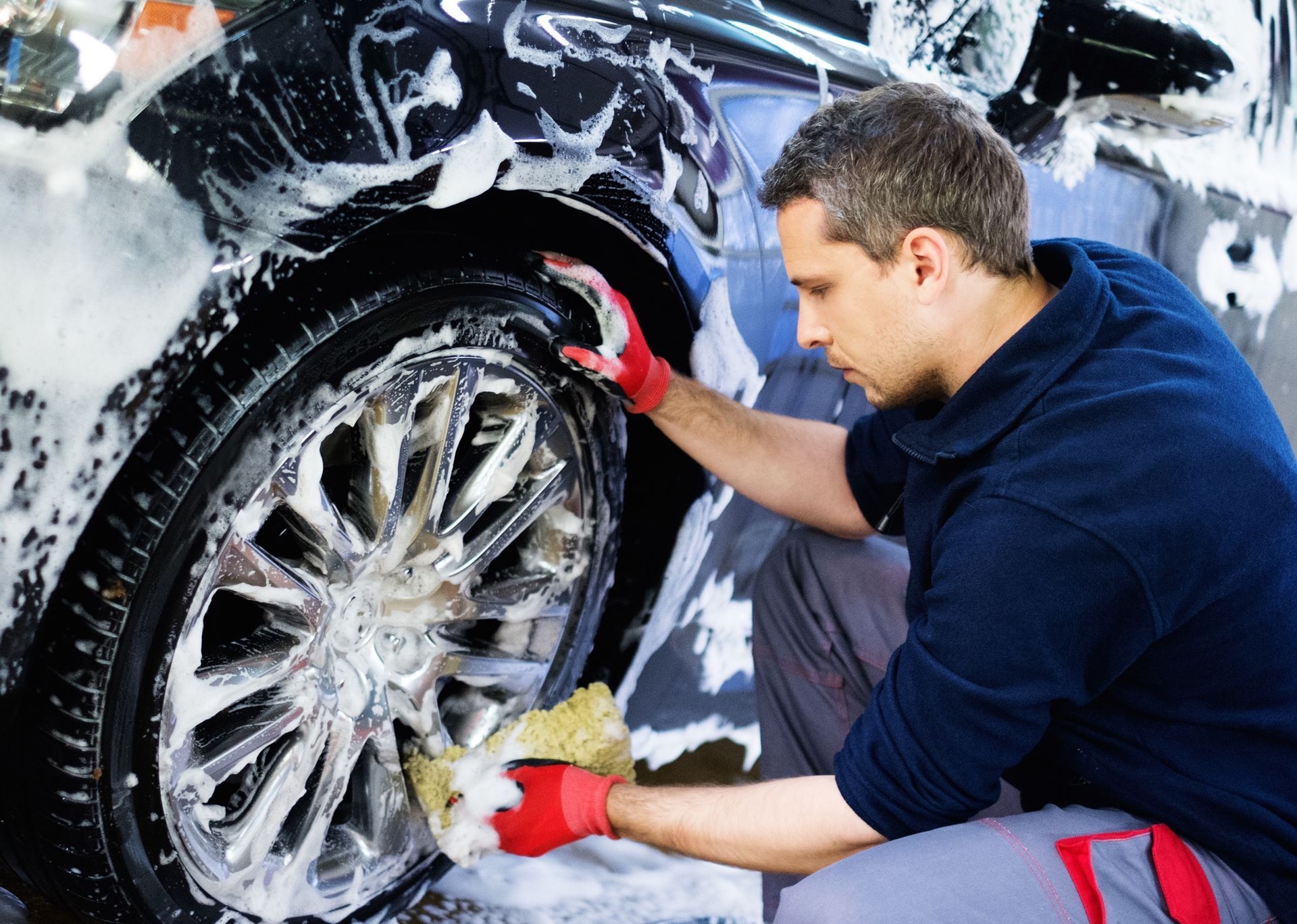Understanding the Ceramic Coating Application Process
Protecting your car's finish gets easier with advancements in new finishes, sealants, and protective coatings. Ceramic coating is gaining popularity for that reason. Ceramic coatings are polymer products that form a protective barrier over your car's paint finish. Applied as a liquid, ceramic coatings shield your car from a number of hazards, including sun fading, scratches, oxidation, and environmental damage.
When you decide that it's time to protect your car, you should understand what the process entails.
Ceramic Coating Starts With Surface Preparation
The bonding process for ceramic coating requires a clean surface. You might think that your car is clean after washing, but you get better results with more comprehensive cleaning and preparation.
Cleaning
The application process starts with a thorough washing with a detergent that has degreaser. This removes any residual oils and residue from the car. Once clean, a microfiber cloth will dry the surface without leaving streaks or water spots.
Decontamination
After cleaning, decontamination spray removes any brake dust or environmental contaminants that settle onto the paint finish. This residue does not typically wash away easily with traditional detergents, but decontamination spray will loosen it. Your technician will rinse the car thoroughly to wash away the residue and spray before using a microfiber cloth to dry the surface.
Clay
Clay removes any sap, tar, or other adhesive-type contaminants that detergent and decontamination spray cannot dissolve. This step is important to remove any stubborn residue that could interfere with ceramic adhesion.
Polish
Polishing is the process of smoothing out your paint finish. The process levels out any scratches, grooves, or bumps in the paint that could disrupt the ceramic adhesion. If you have areas of chipped paint, the technician can touch those up to ensure a consistent finish.
Oil Removal
The final surface preparation involves clearing away residual oil on the paint surface. Even oils from your skin can prevent ceramic coating from forming the bond necessary for a long-lasting finish. Alcohol spray or a similar product with a microfiber cloth finishes the preparation.
Once the surface is ready, the next stage involves applying the coating.
Ceramic Coating Application Requires a Methodical Approach
Applying a ceramic coating requires a slow, methodical approach. Your technician will work in small sections, focusing on one body panel at a time to coat your entire car. Ceramic coating comes in a liquid form. The application requires several drops of liquid applied to the applicator, then rubbed directly onto the car's surface. The technician will work evenly to prevent streaks.
After applying the coating to the section, the technician waits for the ceramic to settle and bond. This results in beading on the car's surface. Your technician uses a microfiber cloth to wipe the beading away, leaving the bonded ceramic finish behind.
Ceramic Coating Cures Over Time
After coating the entire car, the finish takes 48 hours for the initial cure. Your car should remain in a well-ventilated and protected garage for this period to allow the coating to cure without contaminants or disruption. Once that curing process completes, you can drive the car again. Your technician will tell you how long to wait before washing your car, but usually you should wait at least a week, or up to four.
Ceramic Coating Needs Maintenance
Getting the best protection from your ceramic coating means taking proper care of it. Wash your car regularly, at least every couple of weeks, to prevent environmental contaminants from damaging the finish. Clear away bird droppings, tree sap, bugs, and similar contaminants right away instead of waiting for your next wash.
At Blossom Valley Detailing, we understand the benefits of protecting your car with ceramic coating. If you have questions, contact us today. We would be happy to help.






















